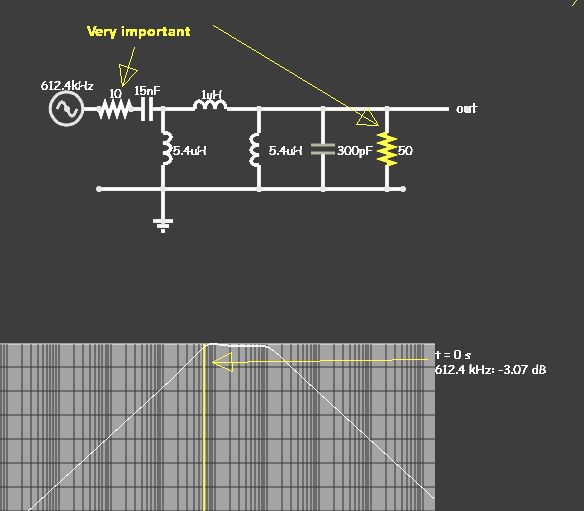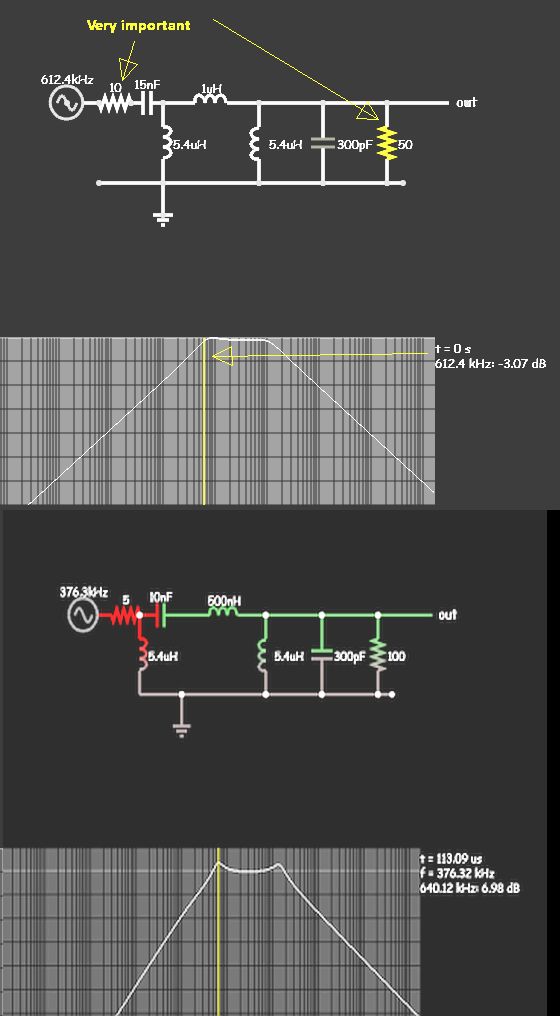bhl777
Full Member level 6
Measure the coupling at the distance you want to operate the coils to know where we are.
You will have to get rid of those parasitics because you do not know their values. Place output and input buffer (to reduce those 50 ohms from the source).
Hi CataM,
(1) how can I measure the coupling at the specific distance? Are you talking about measuring the peak to peak Vrx and Vtx? (2) For the buffers I can use, since they are dealing with pure AC signal, does that mean I need to use dual rail (for example, +/-5V vcc) opamp? It is OK for me to place one in the Tx coil, but it is hard to get one in the Rx side. How can I solve this in the output side?
Thank you!




